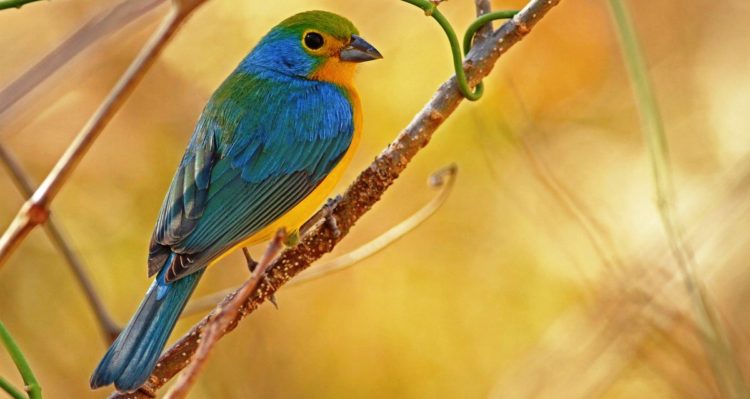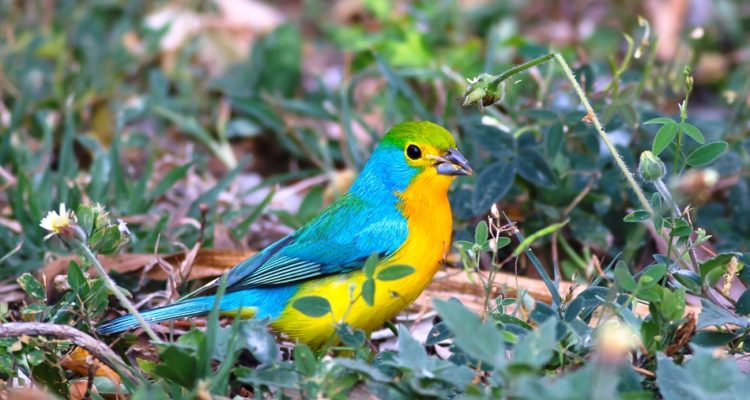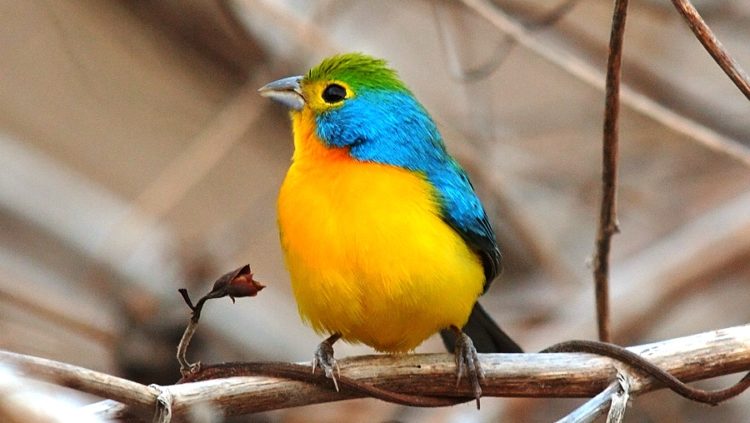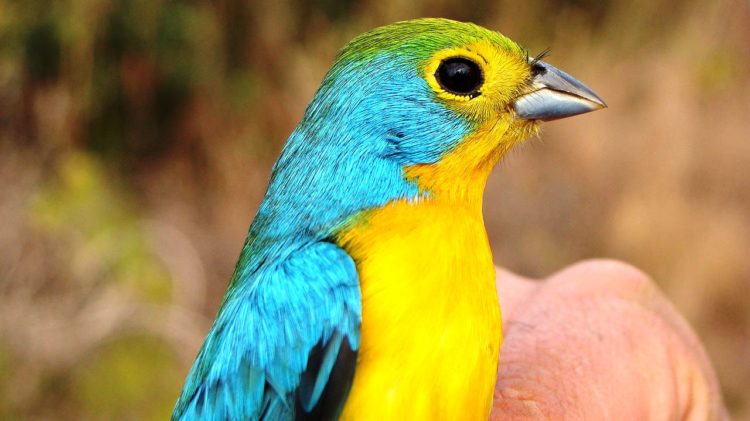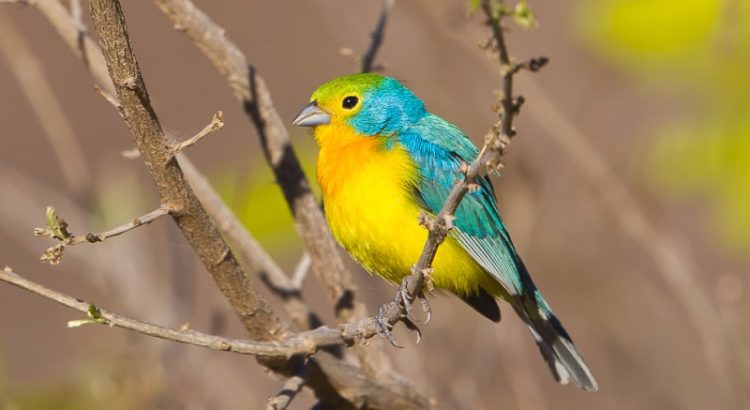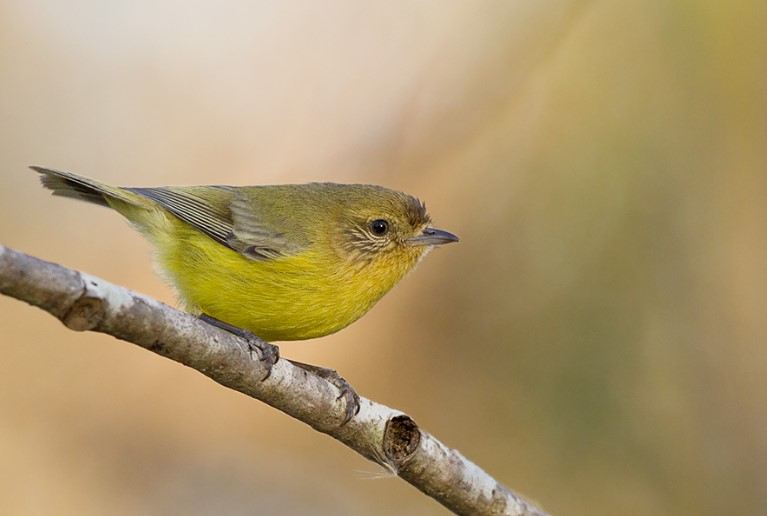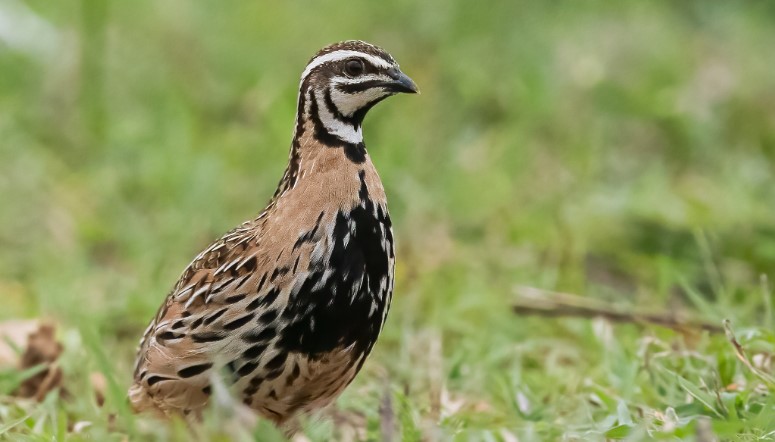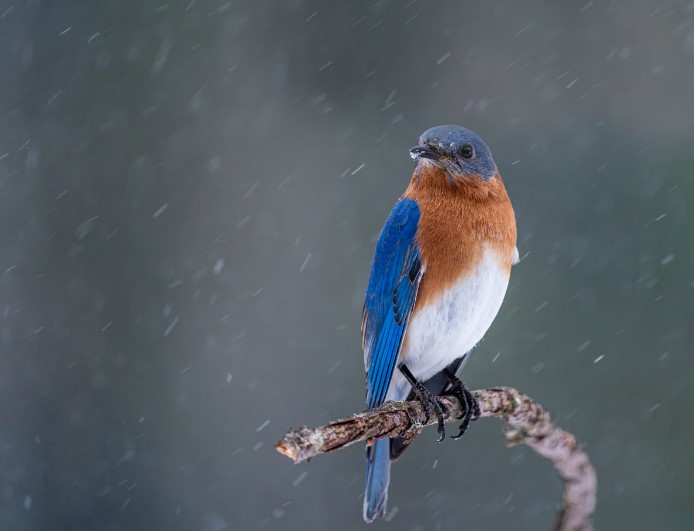The colorful Orange-Breasted Bunting “Passerina leclancherii” is a species of bunting belonging to the family Cardinalidae. The orange-breasted bunting is endemic to Mexico, where its natural habitats are subtropical or tropical dry forests and subtropical or tropical dry shrubland.
The Orange-breasted Bunting ranges along the Pacific slope from extreme southern Nayarit south to western Chiapas, and inland to western Puebla. It is more abundant in second-growth than in undisturbed forests. It is found from sea level up to about 1200 m in arid habitats, including thorn forests, open woodland, and the edges of roadsides and agricultural clearings.
The species was introduced to Oahu in 1941 but did not persist, and was extirpated by 1952. This species has a very large range and hence does not approach the thresholds for Vulnerable under the range size criterion. The bird’s population trend appears to be stable, and hence the species is evaluated as Least Concern.
This species has a sweet, lilting song that you might enjoy. Not surprisingly, they are popular in the cage bird trade in a bit smaller length 12.5 cm, and shorter-billed than Rose-bellied Bunting (Passerina rositae), with which it may occur, and both sexes of Orange-breasted are yellow below.
Orange-breasted bunting is also known as the orange-bellied bunting or as Leclancher’s bunting, a seemingly glow-in-the-dark passerine that resides in dry forests and shrub land in the tropics and subtropics. The adult birds are blue above with a mossy green crown and mantle and are yellow below with an orange wash across the breast. Hence, Females birds are immature and entirely green above, with yellow lores, throat, and underparts are yellow, shaded with gray along the sides and chest.
The birds feed on seeds in the winter and insects in the summer and have correspondingly smaller bills than most cardinalids. The cardinalids are also known for being dimorphic, and the males often have dramatic, brilliant coloring, although the females are very beautiful as well. This is a migratory bird, breeding in North America and wintering in Central and South America.
Also, Read Black Drongo! Wholly Black Bird With a Distinctive Forked Tail
